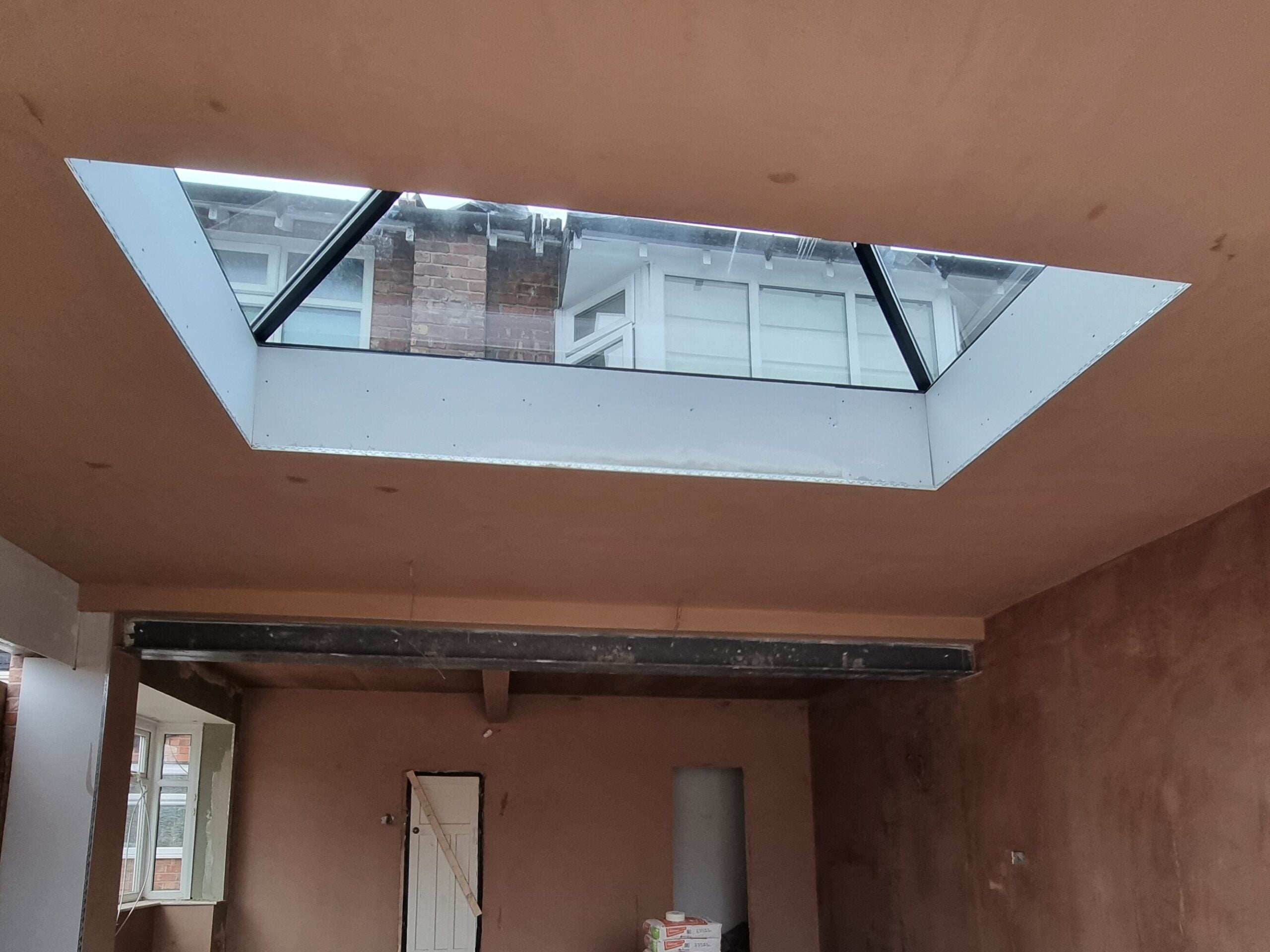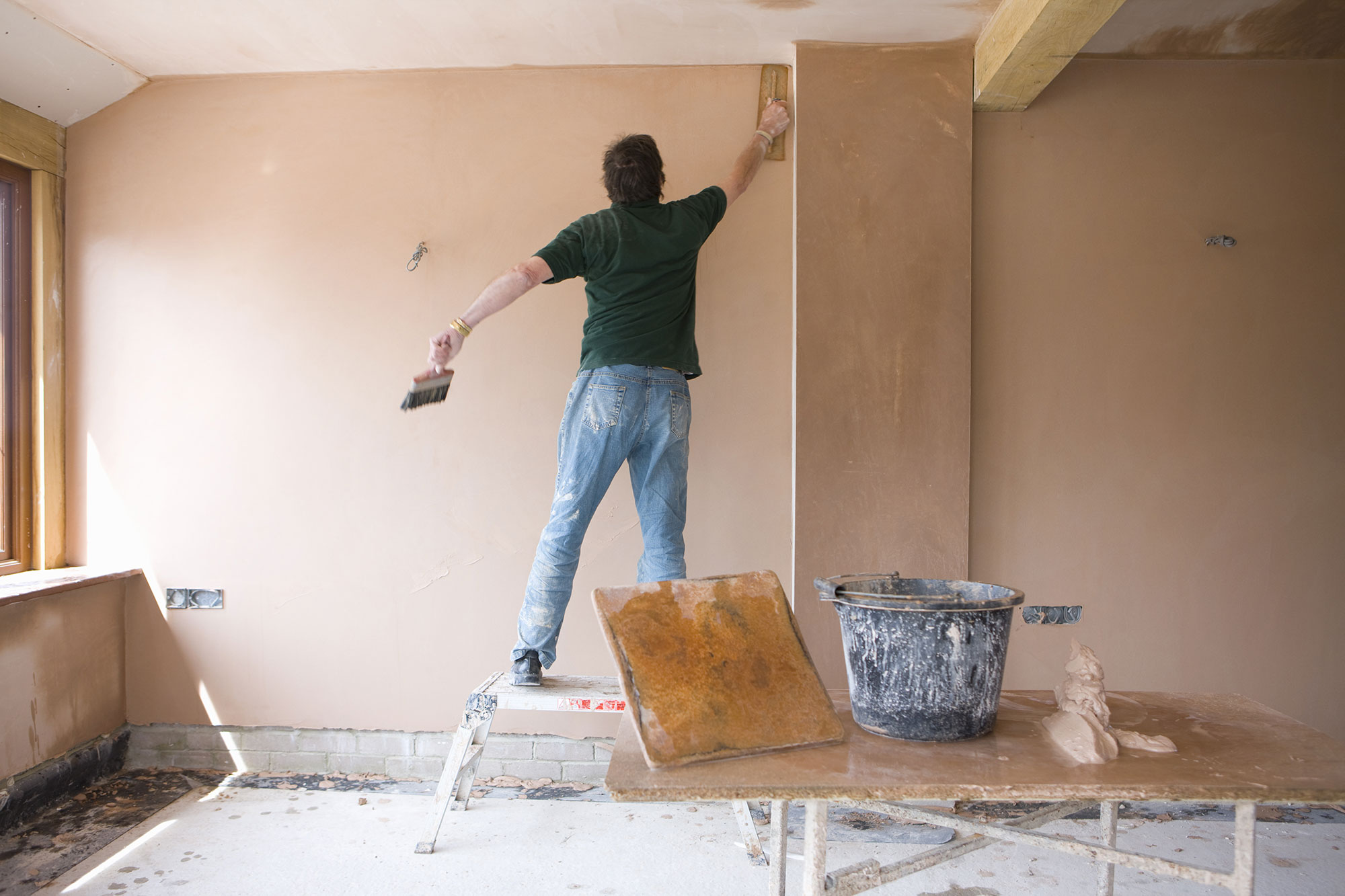Plastering Repair: Rapid and Inexpensive Fixes for Splits and Damage
Wiki Article
Key Tips and Tools for Successful Plastering in your house Enhancement Undertakings
Achieving a flawless plaster surface in your home renovation tasks needs a blend of the right devices and tried and tested strategies. Recognizing the nuances of blending plaster and using it in thin layers can dramatically affect the last outcome.Vital Smudging Tools
The essential devices include a variety of implements created to facilitate the smudging procedure effectively and effectively. Key elements consist of a hawk, which is a flat, square tool utilized to hold the plaster while applying it to surface areas.
Furthermore, a mixing pail is required for preparing plaster, guaranteeing the best consistency before application. A plastering brush or sponge is valuable for ending up touches and smoothing out structures. Lastly, safety and security equipment such as masks and gloves must be included to shield the individual from dirt and chemicals. With each other, these essential plastering devices make it possible for both specialists and do it yourself enthusiasts to achieve top quality lead to their plastering projects.
Surface Preparation Techniques
Appropriately preparing the surface before gluing is vital for ensuring attachment and accomplishing a perfect coating. The very first step entails cleaning up the surface area to eliminate any dust, oil, or old paint that may impede the plaster's ability to bond effectively. A thorough clean with a suitable cleaning service is advised, adhered to by allowing the surface and washing to dry completely.Following, examine the surface for any type of blemishes or fractures. These must be loaded with a suitable filler compound and permitted to cure according to the maker's instructions. For porous surfaces, using a guide is necessary to enhance and produce a consistent structure attachment.
In addition, it is vital to ensure that the surface area is steady and structurally sound. Any kind of loosened products, such as flaking paint or damaged drywall, need to be fixed or gotten rid of. Think about utilizing a scrape coat to improve grip. if functioning with stonework surface areas.
Mixing Plaster Like a Pro

Using a tidy mixing container, pour the water first, then progressively include the plaster powder while mixing continuously. This method aids to prevent clumping and guarantees an also circulation of materials.
Once blended, enable the plaster to relax for a couple of minutes to make it possible for the gypsum crystals to hydrate totally. This pause improves workability and lowers the risk of cracking throughout application. By following these actions, you can blend plaster like a pro, setting the structure for a successful smudging job in your house renovation ventures.
Application Approaches for Smooth Finishes
With the plaster combination prepared to the excellent uniformity, the following step involves choosing proper application techniques to attain a smooth finish. The choice of application devices considerably affects the last appearance of the plastered surface. For optimal outcomes, a stainless steel trowel is frequently recommended. This tool permits for a penalty, even distribution of plaster across the surface area while decreasing trowel marks - Plastering.Begin by applying a generous amount of plaster to the surface utilizing the trowel, guaranteeing it adheres well. When the preliminary coat is applied, use a sweeping movement to smooth the surface area, using also pressure.
For the final touches, a wet sponge can be made use of to fine-tune the surface area additionally. Gently mist the plaster with water and gently scrub the surface to accomplish a polished impact. Always keep in mind to work in small sections to maintain control over the application procedure, ensuring a smooth, specialist coating throughout your plastering job.
Typical Blunders to Stay Clear Of
When beginning on a gluing project, preventing typical errors is vital for achieving a perfect coating. Ensure that all dirt, grease, and loose products are gotten rid of before using plaster.An additional common blunder is using plaster too thickly. Thick layers can break as they dry, jeopardizing the stability of the surface. Rather, go with several thin layers, permitting each coat to dry totally prior to applying the next.
Furthermore, inadequate blending techniques can cause irregular texture and workability. Constantly comply with the producer's directions for blending proportions and thoroughly blend the check out here plaster to accomplish a consistent uniformity.

Timing additionally plays a critical function; plaster needs to be used while the substratum is damp to boost bond. Top quality trowels and floats can make a substantial difference in accomplishing a smooth surface.
Conclusion
Reliable plastering needs a comprehensive understanding of essential tools and techniques. By making use of appropriate tools, making certain meticulous surface area prep work, and sticking to advised mixing ratios, optimum results can be accomplished. Using suitable application methods even more improves the surface, while awareness of typical errors can avoid troubles. Proficiency of these components not only adds to the visual charm of a space however additionally makes certain durability and long life in plastering projects, making them important to effective home renovation ventures.A float is one more critical tool, which assists in leveling the plaster and achieving a consistent surface area.

By following these actions, you can blend plaster like a professional, establishing the foundation for an effective smudging project in your home enhancement ventures.
Lightly haze the plaster with water and gently massage the surface to achieve a sleek impact.
Report this wiki page